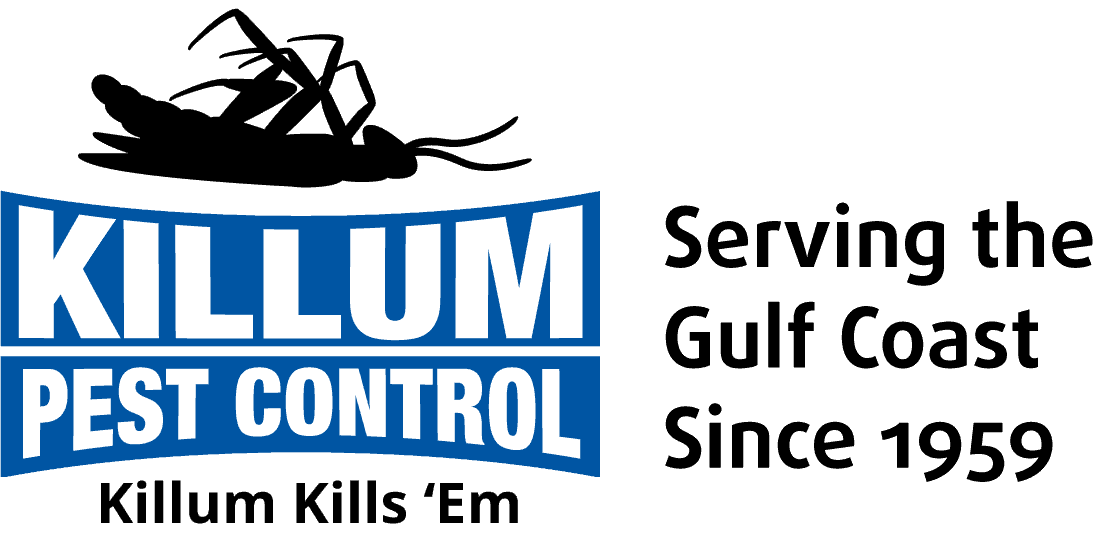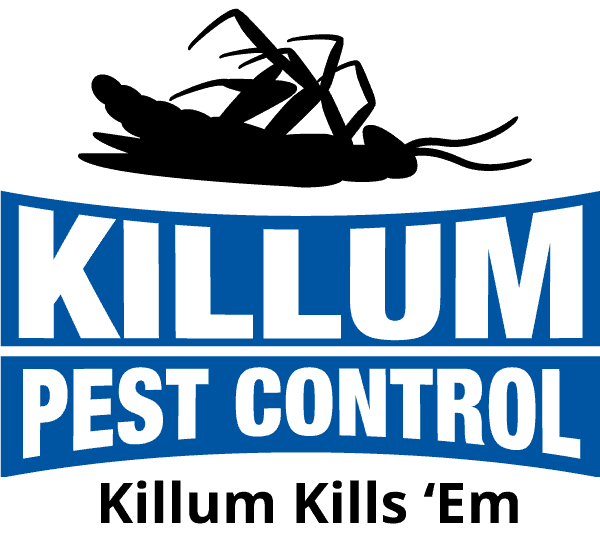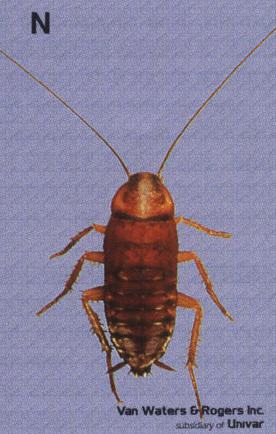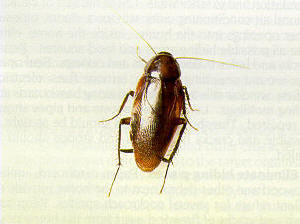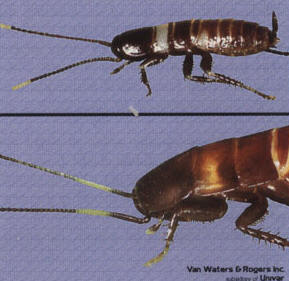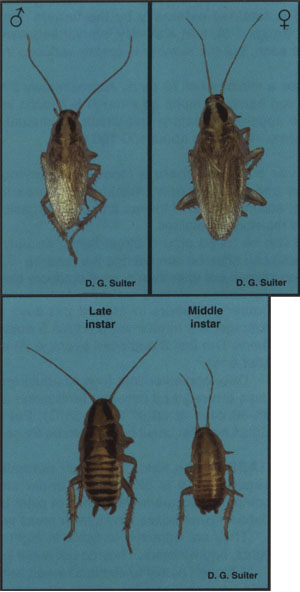Roach Information, Prevention and Treatment
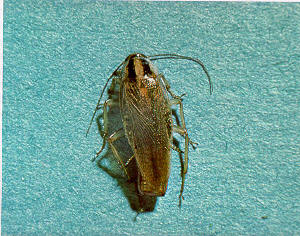

Adults 3/4″ long, tan with 2 black, longitudinal marks on pronotum (shield-like plate on top of head). Average 30 eggs per capsule which is carried by female until ready to hatch. Only 3 months to the mature adult. Most common structural cockroach, a non-flyer carried into structures by man. German cockroaches are most commonly found in homes and commercial establishments. They are usually detected in kitchens, bathrooms or areas with daily access to water. They do not migrate into buildings from the outside, but are usually brought in with packages, groceries, etc.
American Cockroach
Largest urban pest cockroach – up to 2″ long. Adults reddish brown with yellow margined pronotum. Average 15 eggs per capsule, over 1 year to the mature adult. Prefer warm, damp areas – sewers, basements – common outdoors. Tend to move into the home when the conditions outside become unfavorable (extreme temperatures, excessive rain, drought, etc.)
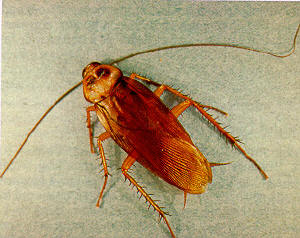
Smoky Brown Cockroach
The adult is slightly more than 1 inch long and is a uniform, very dark brown to black. The head shield is a solid dark color. Both males and females have wings longer than their bodies and are capable of flying or gliding. They live primarily outdoors and prefer woods, leaf litter, trash piles and other humid sites with abundant organic matter. They also hide under rocks, ground cover and building materials. They may enter homes with infested firewood during seasonal migrations. These species are most commonly found in South Texas.
Brownbanded Cockroach
Adults about 3/4″ long, males much slimmer than females. Identified by 2 broad brown bands crossing the thorax. Egg capsule small, average 15 eggs, glued to hidden surfaces by female. Egg to mature adult in about 6 months. Individuals may be found throughout structure, and not as dependent on moisture as other species.
Field Cockroach
Adults about 3/8-1/2″ long. Color light brown to tan with olive green hue/tint, head with dark brown to blackish broad band on face between eyes, and pronotum with 2 dark longitudinal strips/bars/streaks whose ends curve slightly towards middle. Female darker than male, her abdomen broader. Nymphal early instars yellowish cream overall except for dark cerci. Later instars with additional dark pigmentation, but more yellowish orange coloration than German cockroach nymphs. Developmental time (egg to adult) requires a minimum of 70 days. Approximately 20 days are required between fertilization and egg hatch. Nymphs go through 5-7 molts in 45-56 days at 86-97 Deg. F. (30-36 Deg. C). Females apparently mature first which is unusual. Small nymphs crawl on the female for some time. Adults live about 100-150 days. The field cockroach normally lives outdoors where it feeds on decaying vegetation. It is often found under stones and other objects. Around s5ructures it commonly occurs in the mulch of plant beds, accumulations of leaves and other organic debris, flower boxes, and similar areas where moisture is retained. They are attracted to lights at night and can be found around street lights, security lights, and windows. They do not avoid light and can often be seen during the daytime. Although native to semiarid areas, when condition s are drier than normal outdoors the field cockroaches often invade structures in large numbers seeking moisture. Indoors its feeding habits are similar to those of the German cockroach.
Oriental Cockroach
Adults black and over 1″ long. Non-flyers, as males have shortened wings, females only with wing pads. Average 15 eggs per capsule, 1 year to the mature adult. Common outdoors and in damp areas such as basements, other underground habitats.
Preventive Measures
There are certain steps which property owners can take to minimize the opportunities for roaches to enter and live in homes or buildings. Some of these are:
Sanitation Proper sanitation, both indoors and outdoors, effectively limits cockroach populations. Do not leave unwashed dishes, kitchen utensils and uncovered food out overnight . Clean up all spilled liquids. Areas beneath and behind cabinets, furniture, sinks, stoves and refrigerators should be cleaned often, as should cupboards, pantry shelves and storage bins where particles of food frequently accumulate. Kitchen waste and excess refuse should be kept in cockroach proof containers and disposed of as frequently as possible. Dry pet food should be stored in tight containers away from the kitchen and other foods. If pets are fed indoors, left-over foods should not be allowed to remain in the feeding dish overnight . Outdoors, garbage cans, racks, platforms or slabs should be cleaned regularly.
Exclusion Discourage cockroaches from entering the home by sealing any cracks of 1/8 inch or more in the foundation and exterior walls. Check the seal or caulking around air conditioning units, windows, doors, pipes or other openings into the home. Inside the home, eliminate all possible hiding areas and food sources. Repair cracks and holes in floors, walls and ceilings. Seal openings around plumbing fixtures, furnace flues, electrical outlets, window sills and walls, and along baseboards and ceiling moldings. Leaky water faucets and pipes should be repaired. Thresholds on doors should be as tight as possible and cracks in porches and stoops should be sealed.
Eliminate hiding places Paper, cardboard, lumber, firewood and other debris next to the home provide excellent refuge for several cockroach species. Keep yard trash and stacks of firewood away from the home or garage to minimize the chance of cockroach invasion.
Treatment
With today’s technology there are many tools to use in the control of roaches. Wettable powders, dusts, glue boards, microencapsulated chemicals, emulsifiable concentrates, and baits (both gels and granules). Our highly trained and educated pest control operators can evaluate the situation to determine which tool will be the most effective under the circumstances.
